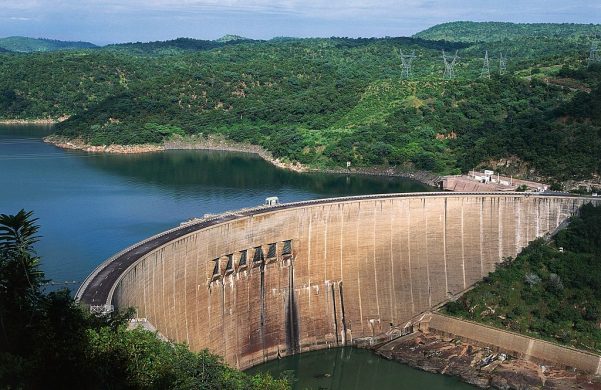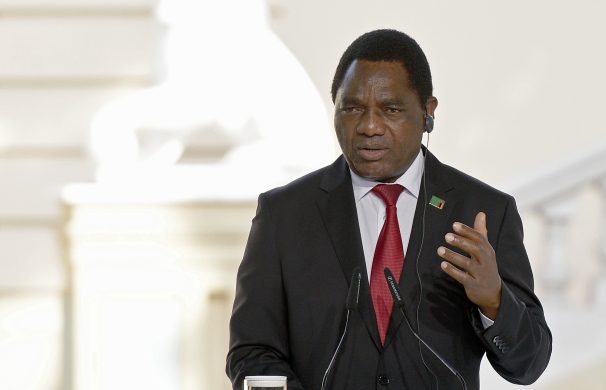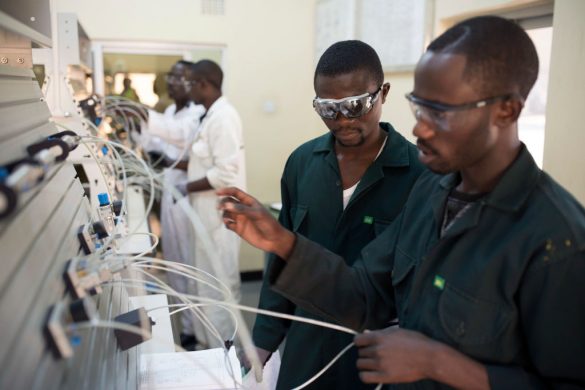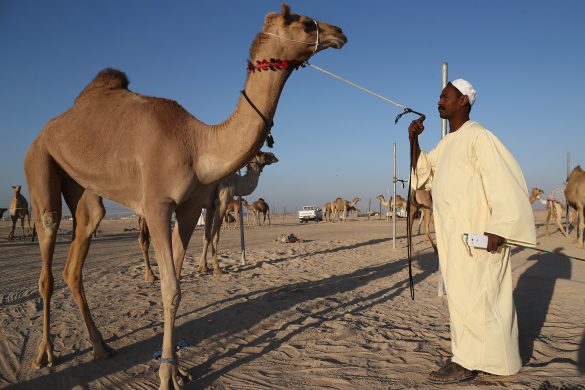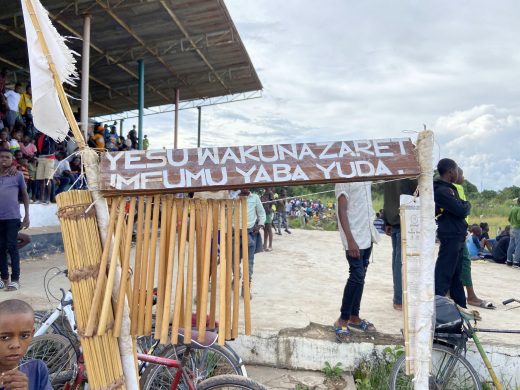WASHINGTON D.C., 18 July 2016 (World bank): Zambia has a long history of mining and a large known resource base of copper, emeralds, and other deposits. It also has very good potential for further discoveries.
Mining accounts for 12 per cent of Zambia´s GDP and 70 per cenrt of total export value. The sector is also a significant source of government revenue and formal employment, both directly and indirectly. Continuing to attract investment in the sector is crucial to the country's growth since it constitutes 62% of foreign direct investment.
Given this rich endowment of natural resources, an array of stakeholders in Zambia, including investors, government agencies, and civil society organizations, have long questioned why minerals are not bringing as much benefit as they should.
“Zambia is rich in minerals but we have not fully managed to convert that wealth for the benefit of the people,” said Ina Ruthenberg, the World Bank’s Country Manager for Zambia.
“We need to know where to improve and what changes to make so we can harness this wealth to benefit not only current, but also future generations of Zambians”, noted she.
This is why the World Bank chose Zambia as the first country to pilot The Mining Investment and Governance Review (MInGov), which collects and shares information on mining sector governance, its attractiveness to investors, and how it contributes to national development.
Stort skel mellem teori og praksis
The review, based on data from in-country interviews and desktop research, assesses sector performance from the perspective of three stakeholder groups—government, investors in the mining value chain, and civil society—and identifies gaps between declared and actual government policy and practice.
MInGov findings in Zambia highlight that the country is an attractive place for investment due to favorable geology, its long history of mining, its political stability, and a relatively favorable economic environment. Zambia is also safe and secure—since the country’s independence in 1964 there has never been a war.
But these positive aspects are overshadowed by a lack of transparency and accountability regarding revenue management, a lack of consistency surrounding fiscal policy, and lack of support for diversifying the economy and leveraging of infrastructure for the general population.
“We need to stick to the rules of the game in the long-term to foster a stable investment environment, while simultaneously diversifying our economy so we are not overly dependent on mining,” said Paul Chanda, Zambia’s Permanent Secretary for the Ministry of Mines.
Minerne køber næsten intet udstyr lokalt
Throughout the survey, key stakeholders noted the need for the mining industry to more effectively use local products and services. Currently there is no national supplier development policy for the industry. Consequently, 95 per cent of goods and services used by the mining industry are imported.
“MInGov has pointed out that local supplier development policy is an area where stakeholder agreement is a priority and ripe for policy action,” said Martin Lokanc, Senior Mining Specialist at the World Bank Groupmadding:. “We are pleased the Zambian government is in the process of preparing regulations in this important area.”
Increased openness and transparency is another priority issue that government, civil society, and industry agree on. More specifically, stakeholders agreed on a perceived lack of independence of the licensing authorities.
On this front, the Zambian government is making progress through an updated Mines and Minerals Act (2015) and implementation of the Extractive Industries Transparency Initiative (EITI), which they began implementing in 2009 and advanced to compliant status in 2012.
A key challenge for the Zambian government will be to fully integrate the mineral sector into national development plans.
Læs videre på
http://www.worldbank.org/en/news/feature/2016/07/18/how-can-zambia-benefit-more-from-mining
begynd fra: “Zambia has a national development plan, but no mining……”



